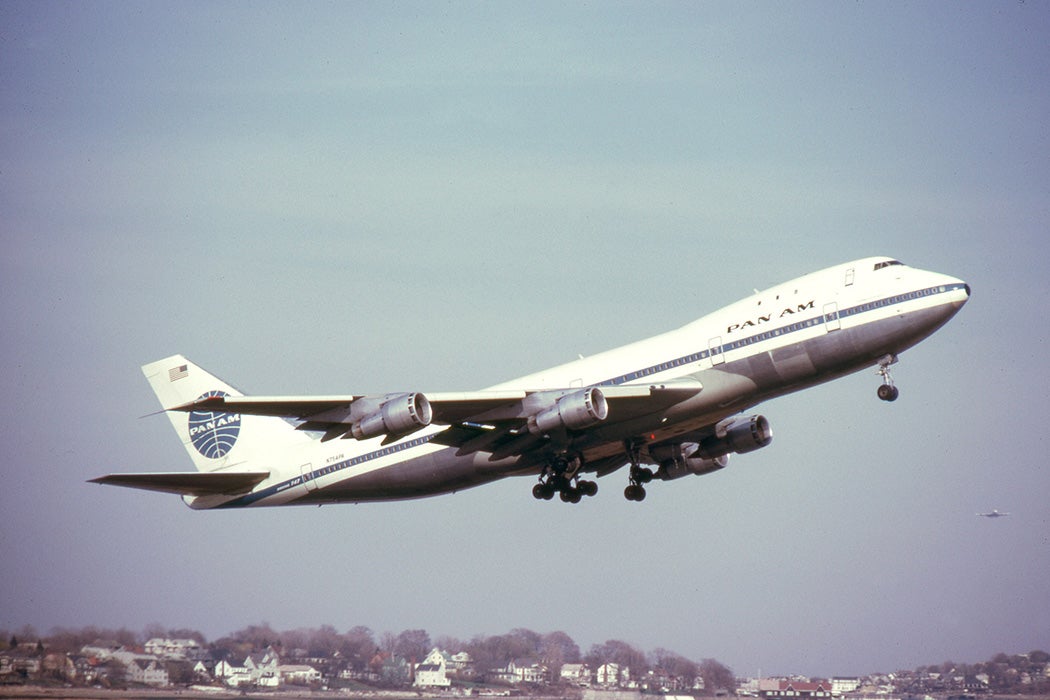It was 1969, just a decade after the Cuban Revolution, and Fidel Castro was concerned. A curious phenomenon was setting in: professed enemies of capitalism—Americanos at that—taking over planes and demanding to be flown to his country.
This wave of fly-me-to-Cuba air hijackings was at its most intense in the years 1968–1973, writes historian Teishan A. Latner. Worldwide, hijackings in these years were largely committed by Americans trying to get to Cuba, with over ninety attempts. Mirroring US immigration policy regarding Cuban refugees, Cuba offered them asylum. But the country’s leaders grew uneasy with the hijackers, who seemed like CIA, violent fugitives, or people with mental illnesses.
The hijackers themselves were “overwhelmingly young and male,” Latner notes, and considered themselves “outlaws.” Unlike today, when air hijackings may bring to mind the Islamic terrorists of 9/11, the phenomenon in the late 1960s and early ’70s was mostly a current in a handful of factions on the far left.
Since the early 1960s, as historian Van Gosse has written, the romance of the Cuban Revolution had been strong among white men of the New Left, who venerated Castro and Che Guevara’s bushy-beardist masculinity. Castro also had a strong reputation among African Americans, particularly after staying in Harlem in 1960 and meeting with Malcolm X. Leftists of all sorts supported Cuban efforts “to dismantle racial segregation,” as Latner puts it, and provide universal education, housing, and healthcare. The “Third World left,” focused on removing the last vestiges of colonialism, uniting all oppressed peoples, and standing up to the US, admired Cuba too.
Initially, Cubans greeted the planes generously. As Latner writes, “Stranded crew and passengers alike often received extravagant treatment: live Cuban bands, steak and shrimp dinners, or a night in one of Havana’s best hotels; others were given cigars or photos of Che Guevara while they waited on the tarmac, and the bill was often sent to the airlines.”
But in September 1969 Cuba instituted an anti-hijacking law, which allowed immigration officials to make decisions about what to do with hijackers. Since it was almost impossible to tell whether a hijacker was a spy, the officials who dealt with them could interrogate them and throw them in prison for months.
Weekly Newsletter
That’s what happened to William Lee Brent, a leader in Oakland’s Black Panther Party chapter. In 1969 the Panthers expelled him for violating their drug and weapons policies after what seemed like an armed robbery led to a shootout with police. Landing in Cuba, “Brent expected to be welcomed as a political refugee,” Latner writes. “Instead, he was confined in a Cuban prison for twenty-two months as a suspected spy.” Hijackers often grew disillusioned with real life in Cuba. But Brent didn’t. Once he was released, he worked in the sugarcane fields and refrained from political activity.
The hijackings abated, Latner writes, when both governments had had enough. Hijackings cost airlines and airports millions of dollars, and labor dissent by the pilots union didn’t help. A bilateral anti-hijacking agreement, reached in early 1973, was the first accord between the two nations since Castro had come to power. It was loophole-laden and not even legally enforceable, but it preceded a diplomatic thaw later in the decade. According to Latner, hijackings “marked the unlikely meeting point where the era’s radical political protest movements, the Cuban Revolution, and U.S.–Cuba foreign relations collided in the late sixties.”







